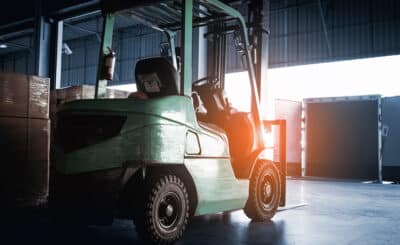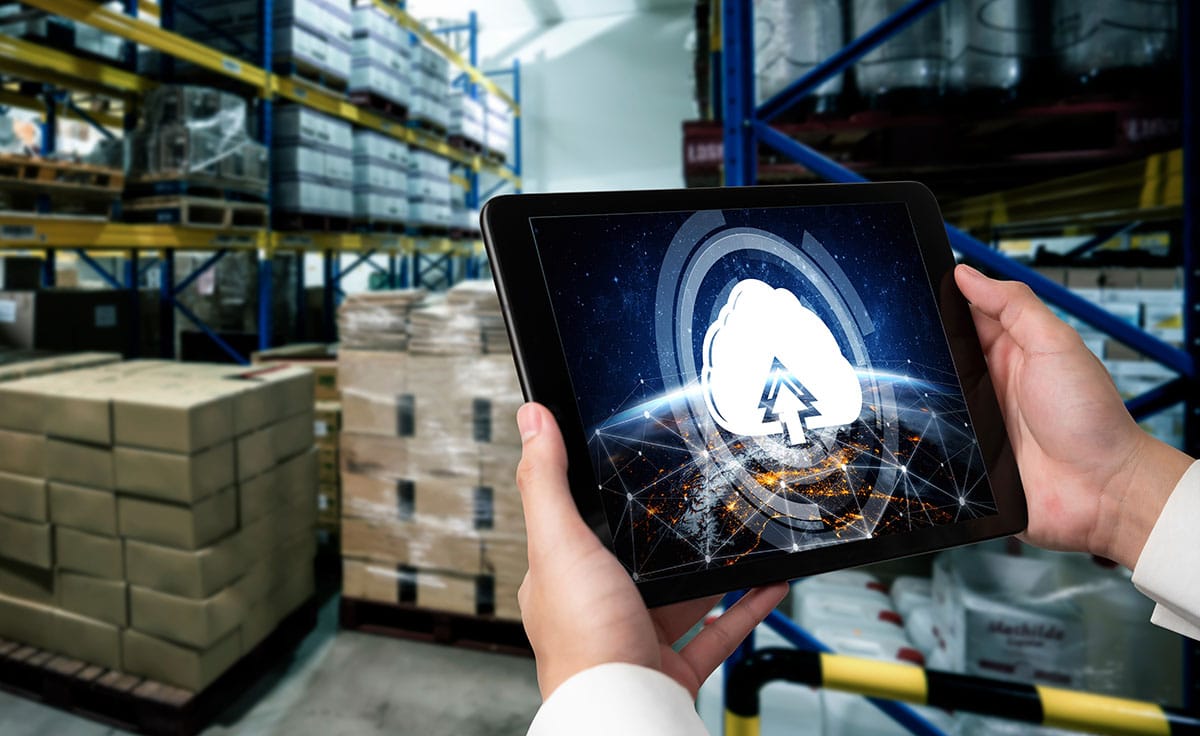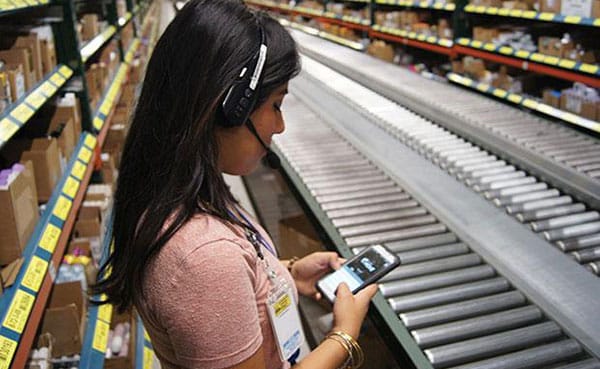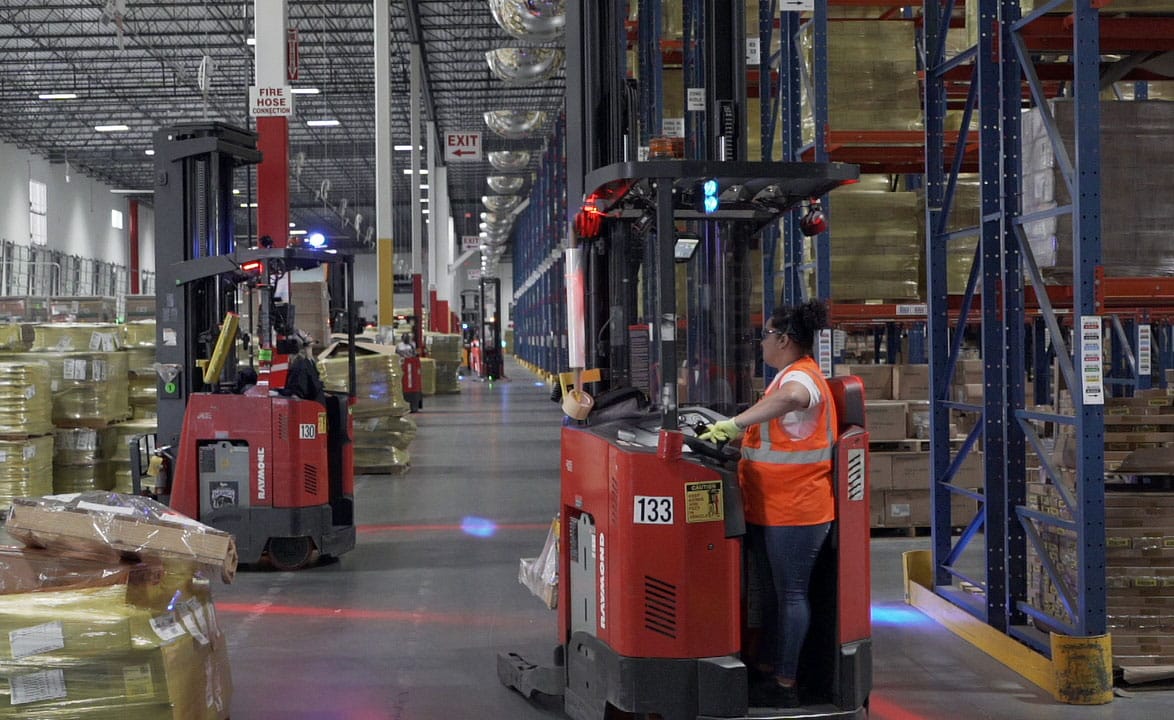 By Kyle Franklin, Senior Solution Consultant, Lucas Systems
By Kyle Franklin, Senior Solution Consultant, Lucas Systems
The warehouse and distribution center environment is one where continuously enhancing productivity and efficiency are critical to success. One strategy that can help improve productivity, that can be both simple and advanced, is task interleaving. Task interleaving is a process that involves combining different tasks or activities in a way that optimizes workflow and reduces waste.
While the concept of task interleaving has been around for quite some time, there are still many organizations who have not explored its possible dramatic benefits. In this article, we’ll explore the concept of task interleaving in the warehouse and distribution center setting and describe four ways it can make your processes more productive and labor-efficient.
Task Interleaving: The Basics
There are numerous tasks that need to be performed in a warehouse or distribution center, in order to ensure that products are received, stored, picked, packed, and shipped efficiently. Traditionally, these tasks have been performed in a linear or sequential manner, with each task being completed before moving on to the next. As we seek to develop more advanced efficiencies, this approach becomes less and less effective and results in wasted time, and increased worker and equipment travel.
What is Task Interleaving?
Task interleaving is a process that allows different tasks to be performed simultaneously or in a coordinated manner, based on their requirements and dependencies. This approach can help optimize workflow and reduce idle time, as tasks can be completed more efficiently and with fewer interruptions.
For example, after putting away a pallet with a forklift into racking, an associate can be directed to pull down an outbound pallet for a sales order, instead of heading back to the dock to find another pallet to put away.
Reduction In Wait Times
This approach can help reduce the time spent waiting, reducing “deadheading”, or travel without completing any useful tasks, and thereby increase the overall productivity of the warehouse or distribution center. Lucas customer Cengage, a leading publisher and 3PL distributor, is one organization who has utilized interleaving to great advantage by interleaving some of their picking and putting functions.
Increased Productivity
One of the primary benefits of task interleaving is increased productivity. By combining or sequencing tasks and activities in an efficient manner, workers can complete more tasks in less time. This approach can help reduce idle time and ensure that workers are always engaged in productive activities. For example, instead of having a worker dedicated to storing pallets and another worker dedicated to picking orders, task interleaving can allow one worker to perform both tasks interchangeably, increasing their overall productivity.
Reduce Labor Costs
By optimizing workflow and reducing idle time, fewer workers may be required to complete the same amount of work. Additionally, task interleaving can help reduce the need for overtime or temporary workers, which can further reduce labor costs. Instead of having one worker spend an entire shift loading a truck, task interleaving can allow them to switch between picking reserve products, loading, packing, and labeling packages, ensuring that they are always busy and maximizing their output.
Improved Quality Control
Task interleaving can also help improve quality control. By combining tasks and activities in a coordinated manner, workers can ensure that each task is performed correctly and in a timely manner. For example, instead of having a worker dedicated to quality control, task interleaving can allow all workers to perform quality checks as they complete their tasks.
An example of this is when the same teams of associates pick and putaway product. Some warehouses see an increase in quality because associates tend to “set themselves up” better when they are going to have to do the picking later.
Think of it like when you work in a restaurant, and the shift before you does not properly complete closing tasks, making it somewhat more challenging for the opening crew. Or maybe, you’re more likely to cook a good meal when you personally chose the ingredients. This approach can help ensure that storage locations have more accurate inventory, reducing the risk of errors or customer complaints.
Another example, that also helps bring down “cost of quality,” is interleaving targeted cycle counts with picking tasks. Once a user finishes picking an item from a bin for an order, it’s usually cheaper to have them count the bin right then, instead of having a dedicated cycle counter come back and do it later.
Increased Flexibility
Finally, task interleaving can increase the flexibility of warehouse and distribution center operations. By interleaving tasks, one also cross-trains associates into learning different processes, allowing further flexibility when headcount issues arise.
Workers can adapt to changing demand and respond to unexpected events more quickly. For example, if there is a sudden increase in orders, workers can quickly shift their focus to picking orders, without needing to wait for a dedicated picking team to arrive.
This approach can help ensure that the warehouse or distribution center is able to respond to changing demand in a timely and efficient manner. If operators are moving to more automated systems, they must make sure to include flexibility in software design, with an eye towards matching up software with physical process design.
In summary, task interleaving is a simple, yet powerful strategy that can help improve the productivity and efficiency of warehouse and distribution center operations. By combining different tasks and activities in an orchestrated manner, workers can complete more tasks in less time, reduce labor costs, improve quality control, and increase flexibility. Implementing task interleaving in your warehouse or distribution center may require some initial investment in training and technology, but the benefits can be significant and long-lasting.
 About Kyle Franklin
About Kyle Franklin
Kyle Franklin is a Senior Solution Consultant with Lucas Systems, leading numerous solution designs and implementations in the U.S., EMEA and Asia Pacific Regions and helping to transform and optimize distribution center operations worldwide. Prior to Lucas, Kyle held roles in international logistics and warehousing for global logistics providers. Kyle has an MBA with a focus in Operations and Strategy from the Katz Graduate School of Business at the University of Pittsburgh and a B.S. in Economics from the University of Illinois at Chicago.





